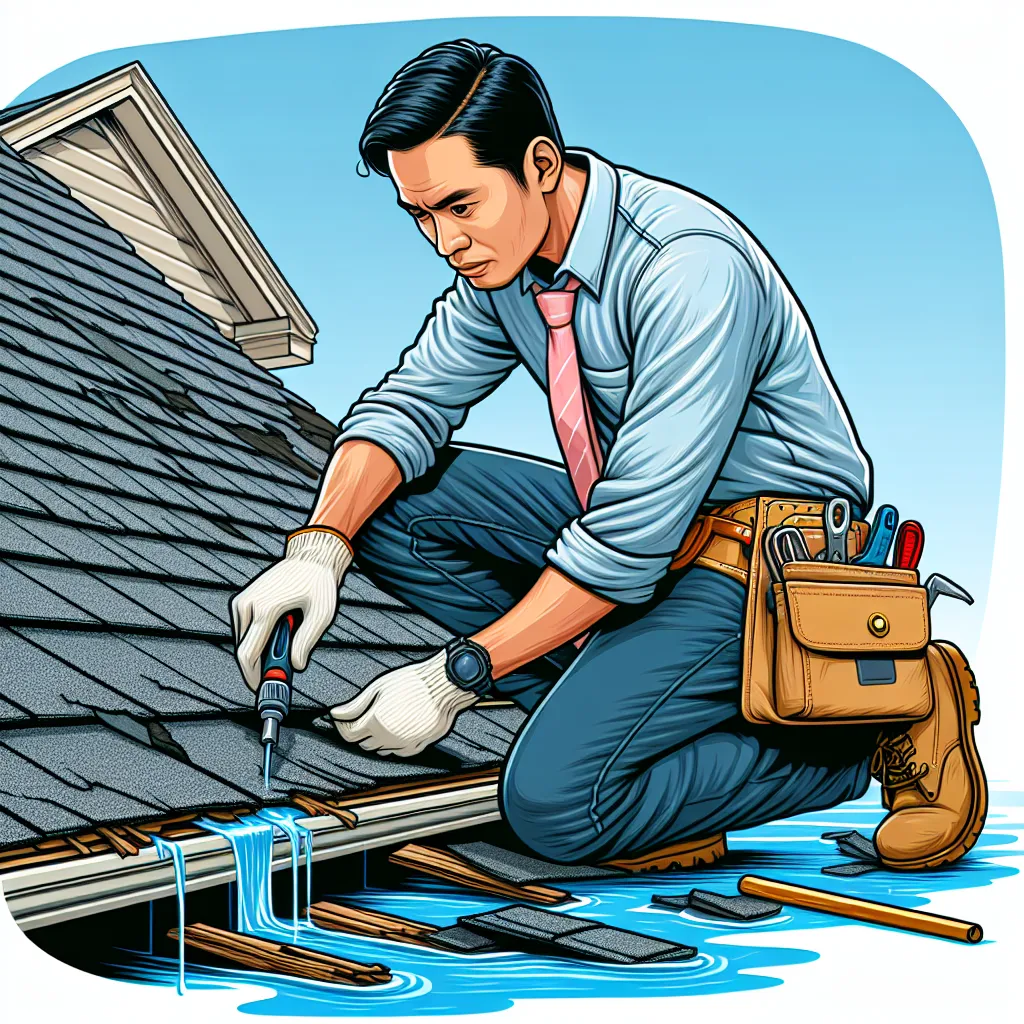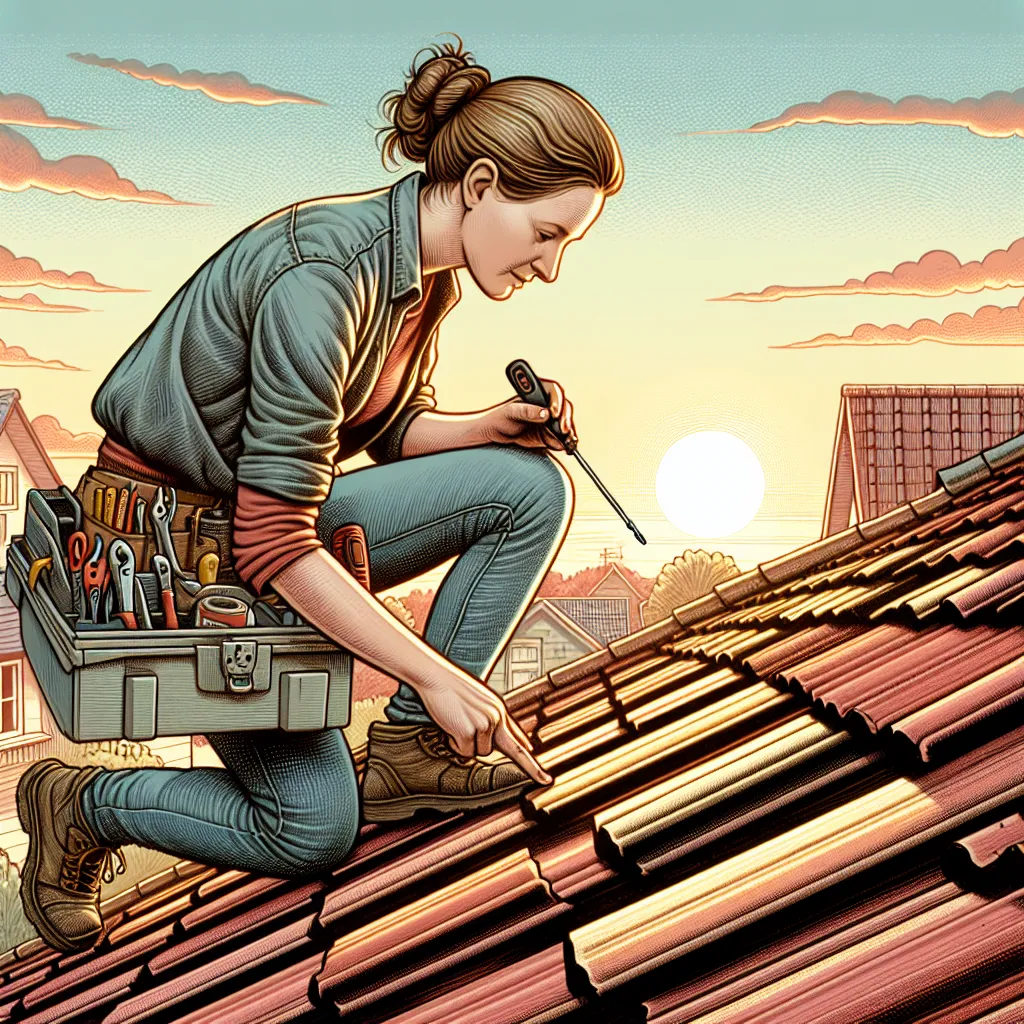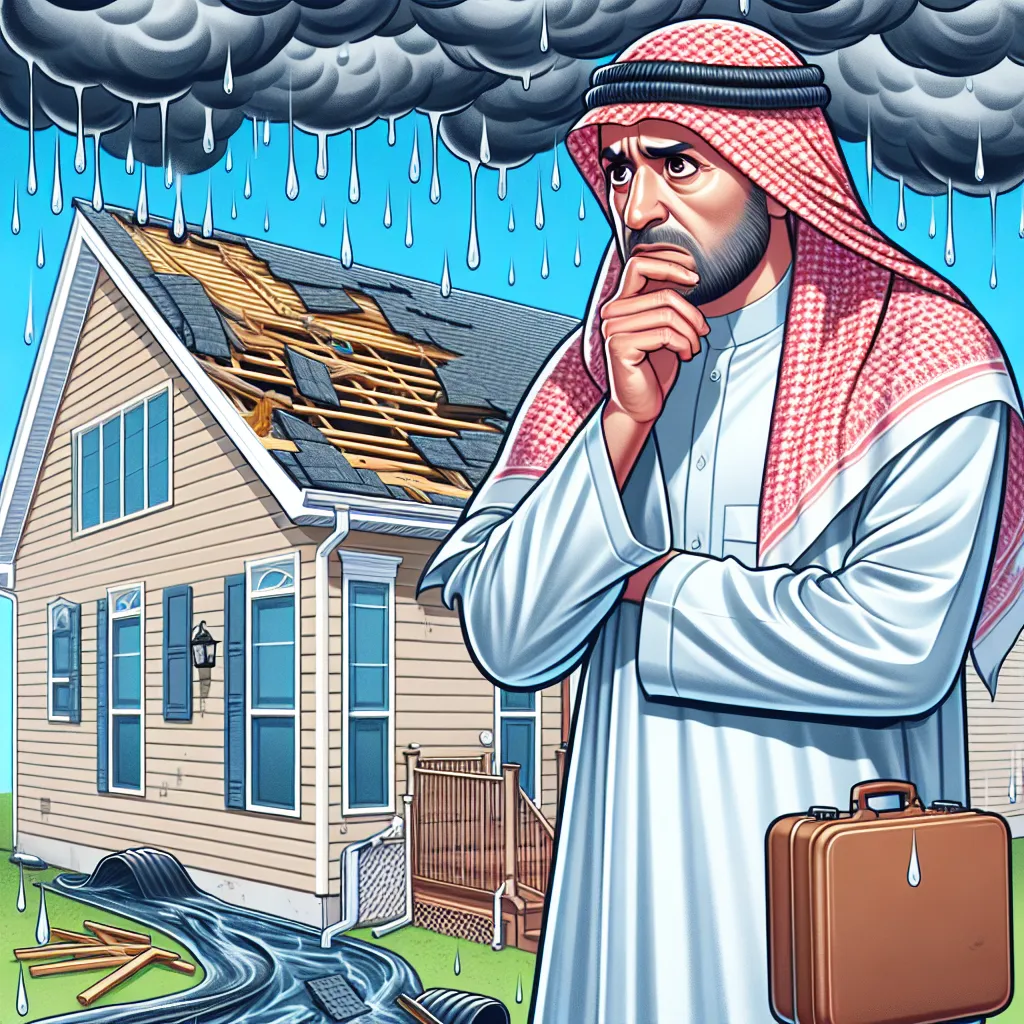When a leak sneaks into your ceiling, roof water damage repair isn’t just another home project—it’s a rescue mission. Left unchecked, water intrusion turns cozy spaces into breeding grounds for mold and costly headaches. Most folks think a little stain is harmless, but the truth is, even a tiny drip can quietly destroy structural wood, insulation, and memories. If you’ve spotted water stains or warped panels, it’s time to get real about roof water damage repair.
What Is Roof Water Damage Repair?
Roof water damage repair is the process of identifying, fixing, and preventing water intrusion from above that eats away at your home’s integrity. It addresses everything from soggy insulation and stained ceilings to rotten beams and sneaky mold patches. Water damage often hides, spreading silently behind drywall or under flooring, so timely action is crucial.
Why Should We Care About Roof Water Damage Repair?
Ignoring water damage is like letting termites eat your house from the inside out. Beyond the obvious mess, moisture triggers health risks, electrical dangers, and expensive repairs down the road. Quick, thorough roof water damage repair restores safety, protects your investment, and gives you peace of mind.
The Real Benefits of Roof Water Damage Repair
Let’s not sugarcoat it—dealing with a leaky roof is a pain. But the benefits of proper roof water damage repair are impossible to ignore.
Key Benefits
- Stops Existing Leaks Cold: No more buckets catching drips or ruined furniture.
- Prevents Mold Growth: Mold loves damp, dark places. Timely repairs nip spores in the bud.
- Protects Your Home’s Structure: Water destroys wood, insulation, and drywall. Repairs keep your house standing tall.
- Saves Money in the Long Run: Early repairs are way cheaper than fixing widespread rot or replacing entire roofs.
- Boosts Home Value: No one wants to buy a house with a soggy ceiling or musty smell.
Drawbacks That Might Surprise You
- Can Be Disruptive: Sometimes you have to tear out sections of ceiling or roof—expect dust and noise.
- Not Always a DIY Job: Some repairs need special skills or tools, especially with electrical or mold issues.
- Costs Add Up: Even small leaks can mean big bills if damage is extensive or hidden.
When and Where Roof Water Damage Repair Matters Most
Roof water damage doesn’t play favorites. It strikes homes, RVs, commercial buildings, and even vacation cabins.
Scenarios Where Repair Is Critical
- After Big Storms: Heavy rain and wind can push water into the tiniest gaps.
- With Older Roofs: Shingles and flashing wear out, letting water seep in.
- Flat Roofs or Poor Drainage: Water pools and finds weak spots fast.
- RV and Camper Owners: Moving joints and seams are leak magnets.
- Historic Homes: Old materials and construction methods are more vulnerable.
Example: Hidden RV Roof Leak
We know an RV owner who thought his “little drip” was no big deal. Turns out, the plywood in his bunk rotted like a forgotten apple. Only after pulling up flooring did he see the real mess—water had quietly ruined the structure for months.
How to Evaluate Roof Water Damage Repair Options
Choosing how to tackle roof water damage repair can feel a bit overwhelming. Let’s break it down.
What to Look For
1. Assess the Extent of Damage
- Is the damage limited to one spot, or is it spread out?
- Any mold, soft wood, or musty smells?
- Are electrical systems or insulation affected?
2. DIY or Pro?
- DIY: Small, accessible leaks, minor stains, surface-level issues.
- Professional: Structural damage, mold, electrical, or if you’re just not handy.
3. Materials and Methods
- Quality sealants (never skimp here!)
- Replacement boards or beams if needed
- Mold-resistant paints or primers
4. Cost Table
| Repair Type | Typical Cost Range | DIY Possible? | Time Needed |
|---|---|---|---|
| Patch/Seal Minor Leak | $100–$400 | Yes | 1–2 hours |
| Replace Plywood Panel | $300–$900 | Yes/Maybe | 1–2 days |
| Mold Remediation | $500–$3000 | No | 1–5 days |
| Full Roof Section | $2000+ | No | 3–7 days |
5. Features to Compare
- Warranty on repairs
- Materials’ lifespan
- Turnaround time
- Cleanup included
How Roof Water Damage Spreads: A Quick Look
Here’s a simple chart showing how unnoticed water damage can escalate if not repaired promptly:
| Month After Leak | Common Issues |
|---|---|
| 1 | Water stains, musty odor |
| 2–3 | Soft drywall, bubbling paint |
| 4–6 | Wood rot, mold growth |
| 7–12 | Structural weakening, pests |
Three Real-World Roof Water Damage Repair Stories
Case 1: The Tricky RV Bunk
An RV owner tore out his bunk after finding rusted screws. He discovered the whole plywood section was rotted, even though only one seam looked wet. The fix? He replaced the plywood, resealed the seams, and added a drainage break to keep water out. It was messy, but now the bunk is solid—and dry.
Case 2: The Attic Surprise
A family kept smelling something weird in their attic. After poking around, they found water stains and mold on the insulation. Professionals traced the leak to cracked flashing around a vent. The crew replaced the flashing, dried out the attic, and replaced the insulation. The smell—and the mold—never came back.
Case 3: The Weekend Warrior’s Lesson
One DIY enthusiast started patching a small stain with some caulk. A week later, the ceiling sagged, and water poured in during the next rainstorm. Turns out, the leak was much bigger and had soaked the beams. He called in the pros, who replaced the damaged wood and re-roofed the area. Now, he checks twice before assuming a leak is “no biggie.”
Practical Tips for Roof Water Damage Repair
- Act Quickly: The sooner you repair, the less you’ll spend.
- Dry First: Always make sure everything is bone-dry before closing up walls or ceilings again.
- Use the Right Products: Invest in high-quality sealants and waterproofing materials.
- Double-Check Seams: Pay special attention to roof-to-wall joints, vents, and skylights.
- Don’t Forget Gutters: Clogged gutters are a major cause of roof leaks.
- Inspect Annually: Look for loose shingles, cracked caulking, and rusted fasteners.
Most-Asked Questions About Roof Water Damage Repair
1. How can I tell if my roof has hidden water damage?
Look for stains, bulges, soft spots, and musty odors on ceilings or walls. In attics, check for wet insulation or discoloration.
2. Is roof water damage covered by insurance?
It depends. Sudden damage from storms is often covered, but slow leaks from neglect usually aren’t. Always check your policy.
3. Should I try to fix roof water damage myself?
Small leaks or stains? Maybe. Structural damage, mold, or electrical issues? Call in the pros for safety and a lasting fix.
4. What’s the fastest way to dry out a wet ceiling or wall?
Fans, dehumidifiers, and good airflow. Cut out and discard soaked materials if they can’t be dried fully.
5. Can I just patch the visible damage and ignore the rest?
Not a good idea. Water travels in strange ways, and hidden damage can keep growing. Always fix the source and check surrounding areas.
6. How long does roof water damage repair usually take?
Minor repairs can be done in hours. Major ones (with structural or mold issues) can take several days.
7. What’s the biggest mistake people make with roof water damage repair?
Waiting too long or only fixing what they can see. Water is sneaky—it gets everywhere!
Roof water damage repair is one of those things we hope to never need, but when water makes its way inside, fast action matters. Whether it’s a stubborn RV leak or a sneaky attic drip, thorough inspection, the right materials, and a willingness to get a little messy will keep your home’s heart dry and strong. If you’re ever in doubt, don’t be afraid to ask questions or call in help—sometimes peace of mind is the best repair there is.
Roof Water Damage Repair
Roof water damage repair involves identifying leaks, fixing the source, and preventing future issues. The key steps include inspection, sealing leaks, and replacing damaged materials like shingles or plywood.
Why It Matters
Ignoring small leaks can lead to mold growth, structural rot, and costly renovations. A comparison shows that early repair costs around $200–$1,000, while neglect can escalate to $5,000+ for extensive damage.
How to Spot Damage
- Water stains
- Bubbles or bulges
- Soft or rotting wood
Actionable Tips
- Regularly inspect your roof
- Use high-quality sealants
- Call Jenkins Restoration for expert repair
Don’t wait—protect your home today! Contact us for a free quote and keep your roof in top shape.
Frequently Asked Questions About Roof Water Damage Repair
How can I tell if my roof has hidden water damage?
Look for water stains, bulges, soft spots, and musty odors on ceilings or walls. In attics, check for wet insulation or discoloration.
Is roof water damage covered by insurance?
It depends. Sudden damage from storms is often covered, but slow leaks from neglect usually aren’t. Always check your policy.
Should I try to fix roof water damage myself?
Small leaks or stains? Maybe. Structural damage, mold, or electrical issues? Call in the pros for safety and a lasting fix.
What’s the fastest way to dry out a wet ceiling or wall?
Fans, dehumidifiers, and good airflow. Cut out and discard soaked materials if they can’t be dried fully.
Can I just patch the visible damage and ignore the rest?
Not a good idea. Water travels in strange ways, and hidden damage can keep growing. Always fix the source and check surrounding areas.


